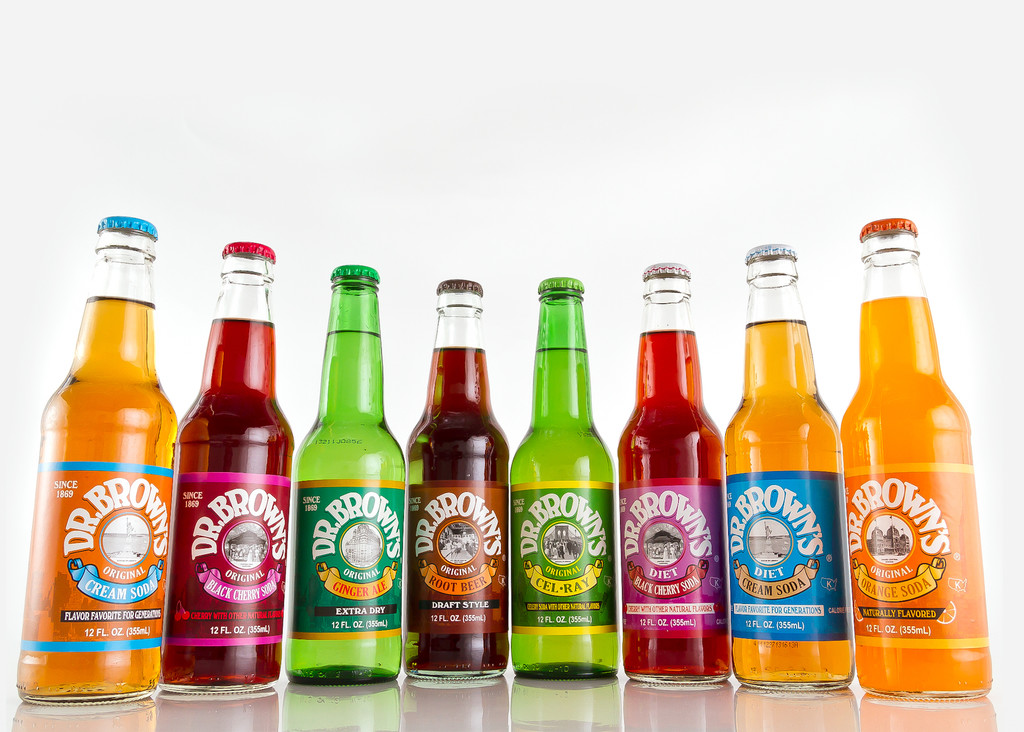L’chaim to Dr. Brown, most enduring kosher soft drink
If Dr. Brown were alive today, he would take great pride in the multigenerational success of his fizzy drugstore creation.
It’s 145 years after Dr. Brown’s Celery Tonic was introduced on the streets of Williamsburg, and the nostalgic brand continues to be consumed by New Yorkers and soda lovers across North America. His original celery recipe from 1869 — and his cream, ginger ale, black cherry, and root beer varieties — are staples on Passover tables and in supermarkets, kosher restaurants and delis, even immortalized in pop culture.
Three years after John Pemberton invented Coca Cola in Atlanta, and 50 years before Coke was certified as kosher, the Dr. Browns legend began with a homeopathic myth and a stalk of celery (or so we are told).
From the mid-1800s through the early 1930s, celery was considered a “superfood,” a fact confirmed by an article published in the Los Angeles Herald in 1905. This “medicinal herb” was promoted as a “weight-loss aid” and “a cure to headaches and indigestion.” It was said to possess “properties as a relaxant.”
As the carbonated folktale goes, Dr. Brown, a New York City physician (whose first name has been lost to history), concocted his “celery tonic” in 1869 for immigrant children on the Lower East Side and across the river in Williamsburg. The “tonic” consisted of crushed celery seeds, sugar and carbonated water, dispersed by the spoonful at pharmacies. Although no medicinal benefits could be proven, the sweet tonic was a hit with children and adults alike.
The instant popularity of this refreshing mixture led the enterprising Dr. Brown to seek the assistance of “a friend at a bottling company to market the drink as a celery tonic,” according to Dennis Berberich, former president of the Canada Dry company, in a 1984 interview with the NY Times. Soon thereafter, the sweet, unusual beverage was being produced in glass bottles, sold at kosher delicatessens and by soda salesman who went door-to-door on the Lower East Side. A second Dr. Brown’s flavor, Sarsaparilla (ginger ale) was developed a few years later.

 39.0°,
Fair
39.0°,
Fair 




